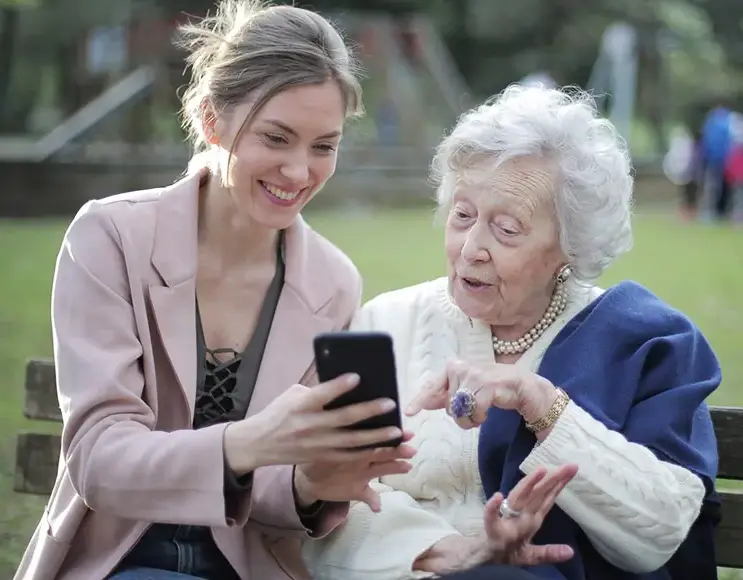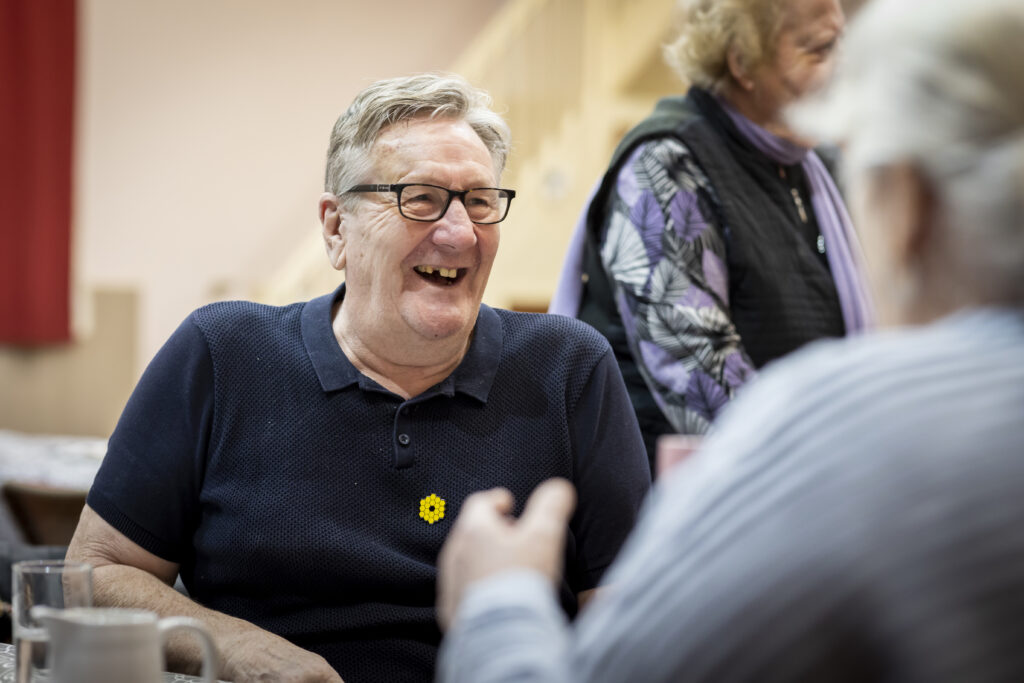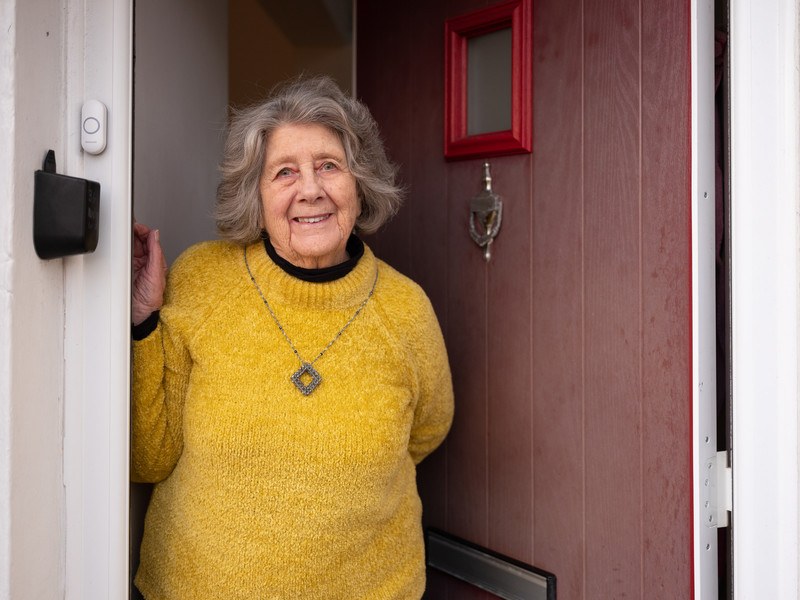Social isolation can be a major problem for people living with visual Impaired. Limited transport, communication barriers and restricted accessibility make it difficult to attend social events, visit family and friends and participate in community activities. This often leads to feelings of loneliness and being cut off from the world. Fortunately, with technology and support, there are many ways to stay connected.
Staying Connected with Technology

One way to stay connected is through social media. On platforms like YouTube and Facebook, you can meet others who are experiencing similar challenges dealing with their vision loss. You can also connect with friends and family, join groups with common interests and follow news and events. Using screen readers or text-to-speech software makes it easier to navigate these platforms and stay in touch.
Another way to stay connected is through audio and video conferencing. Applications such as Zoom and Skype offer an easy and accessible way to talk to distant family members and friends.
Being on the move can be challenging, but by using visual interpretation services and apps designed specifically for navigation, people with visual impairments have new ays to navigate their surroundings. Be My Eyes, for example, is a free app that connects visually impaired people with sighted volunteers who can assist them by describing their surroundings and identifying signs and buildings. You can access Be My Eyes from your RealSAM device by simply tapping the screen and saying ‘Be My Eyes’.
Making Contact with Local Communities and Charities for the Blind and Visually Impaired

A good way to make contacts is to take part in local events and activities organised by charities for blind and partially sighted people. These can be online meetings, social events at activity centres or exciting group outings. For example, British Blind Sports has an activity finder on their website offering many sports opportunities for blind and partially sighted people, and Sight Scotland Veterans organises outings for veterans affected by sight loss.
Staying Connected through Books

When going out isn’t an option, reading books is the perfect solution. Reading stimulates the imagination by taking readers on an exciting adventure or allowing them to see the world through the lives and actions of characters. For people with visual impairments, this is possible through the Royal National Institute of Blind People’s Talking Books library. The RNIB offers books in a variety of formats, including Braille, CDs, USB sticks and digital downloads. In addition, the RNIB’s audiobooks are accessible through the RealSAM Pocket or by activating the RNIB skill on an Alexa device.
Through technology, community support and reading books, people with visual impairment can overcome the barriers of social isolation and make meaningful connections.
By Guenivir Kendrick with help from ChatGPT
REFERENCES:
Be My Eyes. (n.d.). Be my eyes – see the world together. Be My Eyes – See the world together. Retrieved March 22, 2023, from https://www.bemyeyes.com/#:~:text=Be%20My%20Eyes%20is%20a,people%20lead%20more%20independent%20lives.
British Blind Sport. (2023, March 16). Home. British Blind Sport. Retrieved March 22, 2023, from https://britishblindsport.org.uk/
Royal National Institute of Blind People. (2023). Welcome to RNIB reading services. RNIB – Reading Services. Retrieved March 22, 2023, from https://readingservices.rnib.org.uk/
Sight Scotland Veterans. (n.d.). Our History. Sight Scotland Veterans. Retrieved March 19, 2023, from https://sightscotland.org.uk/veterans/about-us/our-history#:~:text=Established%20in%201915%20to%20support,life%20with%20a%20visual%20impairment.


